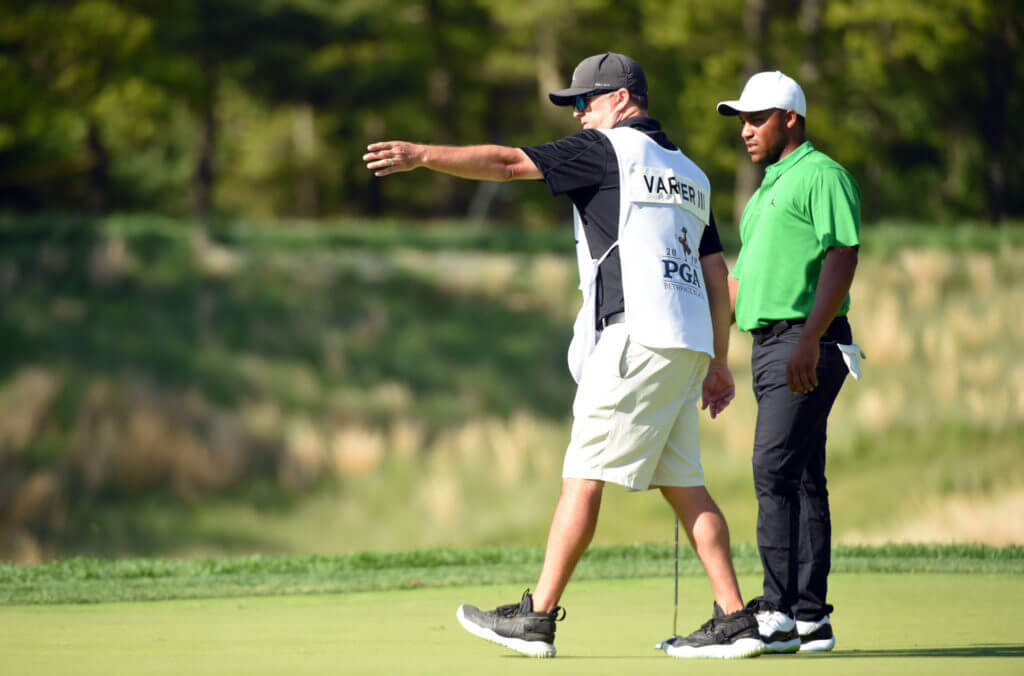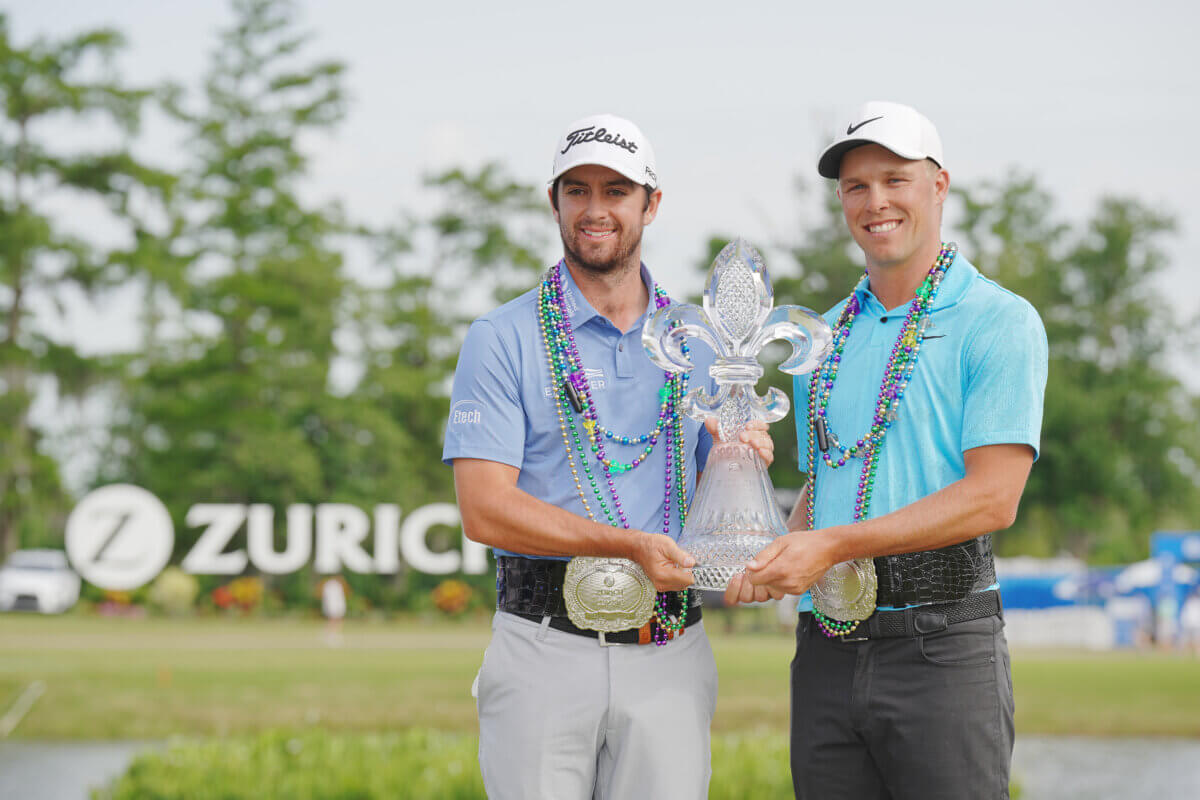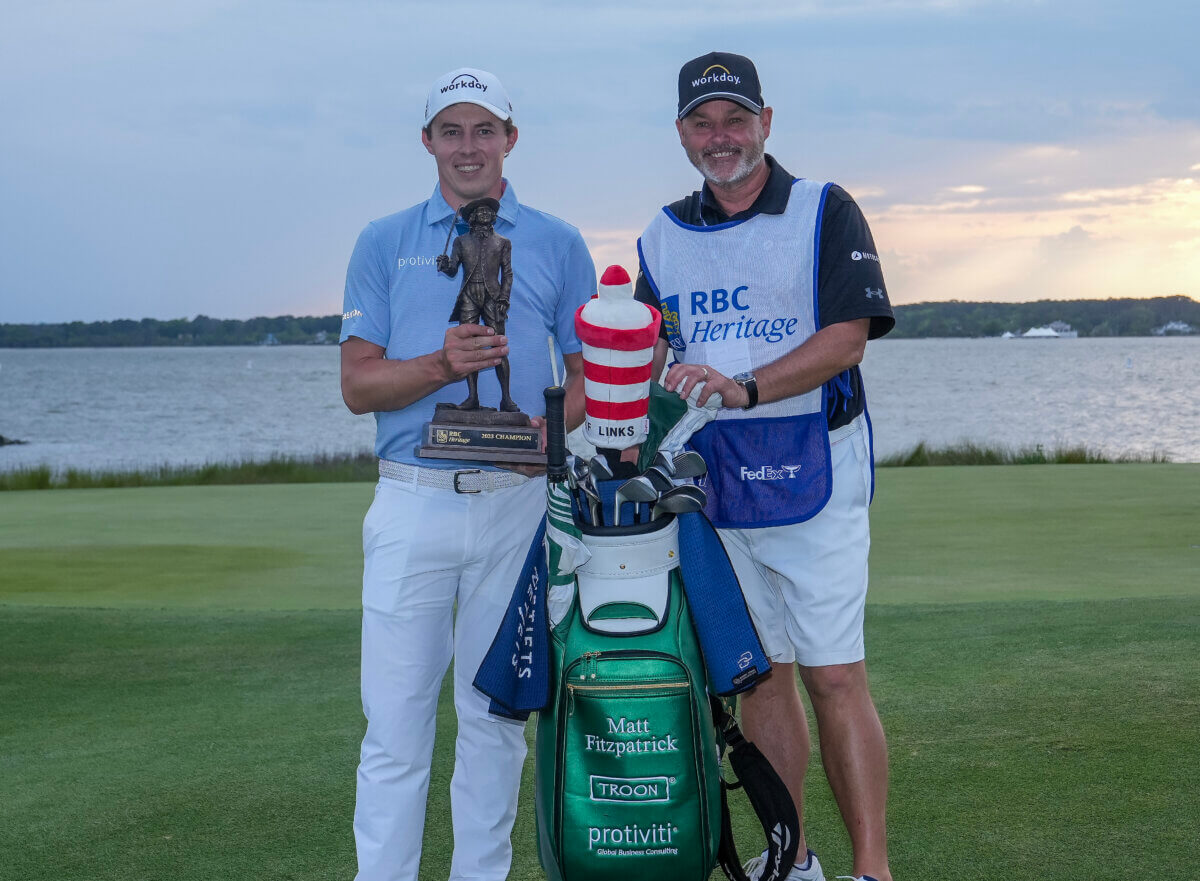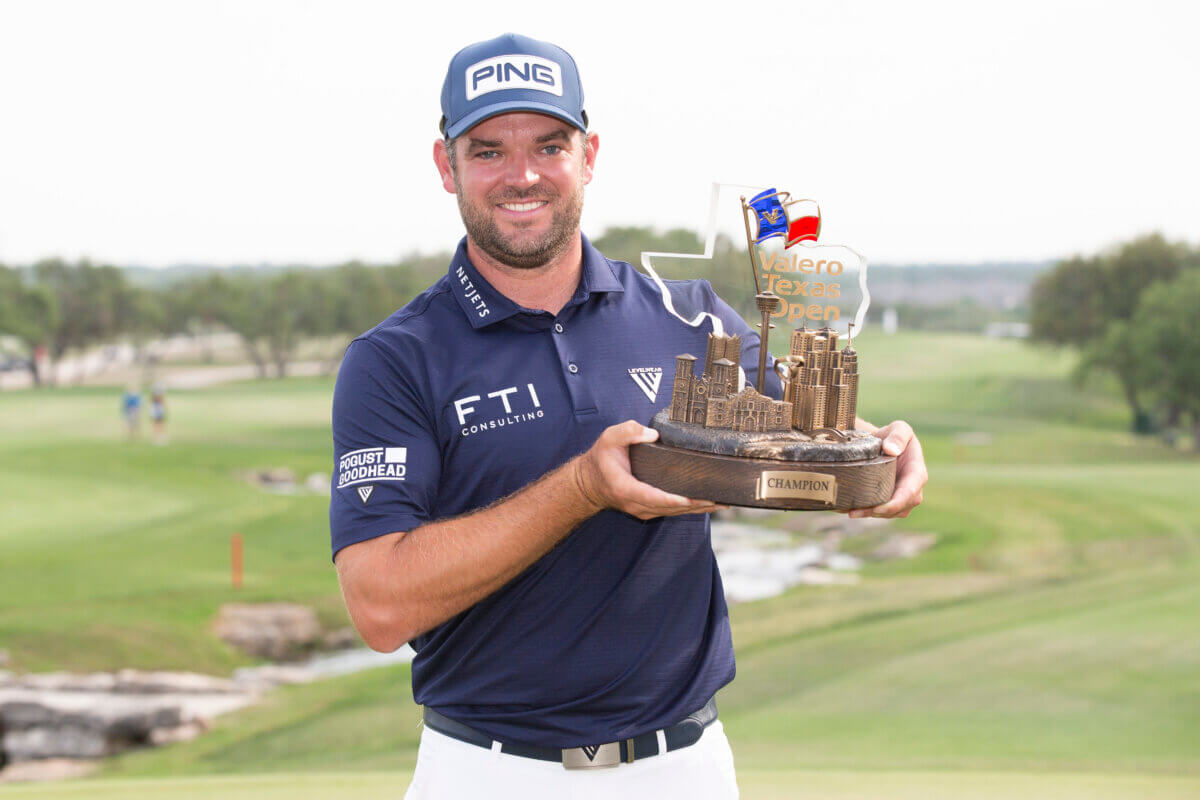Here’s what it’s like for a caddie to take on a new bag on the PGA Tour

So, what’s it like for PGA Tour caddies to take on a new bag?
What are the biggest things you have to adapt to with a new player?
The Fall part of the 2019-20 season has seen many caddies on different bags. Changes happen every season, but nonetheless working with a new player is part of the job.
We spoke with a few veteran caddies about the experience of starting for a new boss.
“It’s different every time. You think you have one caddie style but you can’t, better not, you better be flexible to who you are working for,” Kip Henley said. “It’s exciting every single time. You’re always thinking that you can help this guy be one of the big guys. And you hope that there are little things that you can do that can help them advance.”
Henley also stressed that caddying is a study in human nature and the subtleties of personalities. Personality stands out as a key component in new work relationships to other caddies as well.
“The first thing to adapt to is personality,” Ted Scott said. “You have to learn what motivates them, what frustrates them so that (1) you don’t become part of the problem and (2) you can see where they need help and provide encouragement and know what words to say.”
For Henley, this learning curve is short.
“You have to size them up pretty quickly, and that first week you’ve got to make an impression,” he said.
Sounds like a lot of pressure, right? It’s almost like you’ve got to pitch a perfect game from the onset and really make that positive impression in week one because, after all, this is your livelihood.
Not so, says veteran caddie Andy Barnes.
“I guess it might seem that way, but in our profession when you have been out on Tour for many years other players see how you work and typically know you to some degree before hiring you,” Barnes said. “In the end, you have to be yourself and hope that you click with the pro.”
EDITOR’S NOTE: Scroll through the slides to learn all the ways in which a caddie has to adapt — in every facet — when taking on a new bag on the PGA Tour.






I’ve Caddied at the club level for years, the statements and advice above holds true for the Amateur level as well. The difference being, we need to analyze our player(s), read them and make adjustments in the first few holes. Our livelihood depends on it:)
Paddy